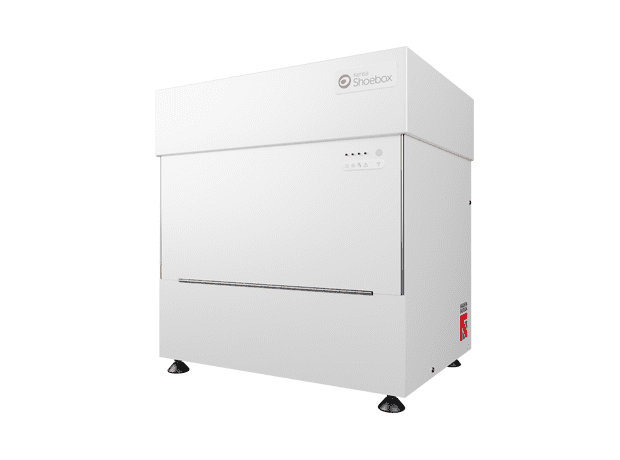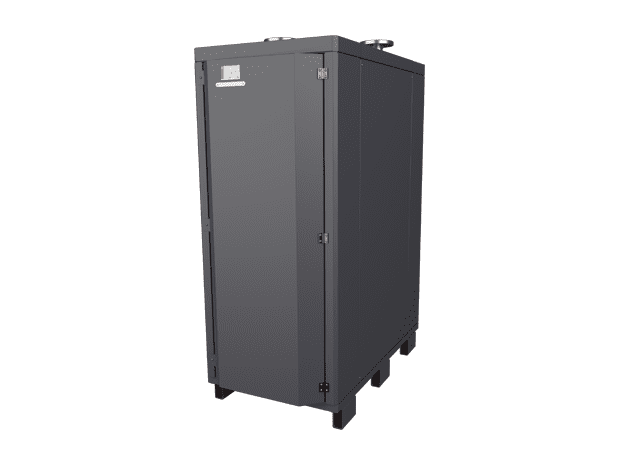How does the grant work with a Kensa heat pump installation?
As with all funding schemes, Kensa is happy to help you identify the route for the best value heat pump. Here are some recommendations on how we believe you may utilise available funding streams, including and excluding the Green Homes Grant, to get the best system for you:
Please note, the Renewable Heat Incentive (RHI) scheme has now closed – please visit this page to explore other funding.
Scenario 1 – GHG for fabric improvements + 100% RHI income for heat pump
If your home would benefit from fabric improvements – for example, insulation – then you may want to apply for the GHG for this primary measure. Because the grant works alongside the RHI, you could instead go down the RHI route for your ground source heat pump. That would mean the grant will not be deducted from your RHI and it will cover the upfront cost of the insulation.
This is a win-win situation – by installing an energy efficiency measure, this may result in a smaller specified heat pump which is cheaper. But bear in mind that in this scenario, there would be no reduction to the upfront cost of the ground source heat pump, just the energy efficiency measure. The RHI returns gradually over seven years.
Scenario 2 – RHI only
If you don’t need any other measures and can afford the upfront cost of a ground source heat pump, then it may be best to opt for the RHI route alone. The RHI provides a greater return, offering a typical return of £26,000 over seven years. Using the GHG would reduce your upfront cost, but it would also balance out and be deducted from the overall amount of your RHI – for example, the typical income is reduced to £21,000.
This may be a simpler route if possible, as the GHG is limited to a smaller pool of installers and is dependent on a number of conditions.
Scenario 3 – GHG for upfront heat pump cost + reduced RHI
If you would like to reduce the upfront cost of your ground source heat pump, you may want to use the Green Homes Grant for a ground source heat pump as the primary measure. For example, if your installation costs £16,000, the grant would reduce the upfront cost to £11,000. If you also apply for the RHI, remember that the amount will be deducted from your overall RHI income – for example, a seven-year income of £26,000 is reduced to £21,000.
We only recommend this as a final option because the rules surrounding the GHG add additional paperwork and reduce the number of installers that you will be able to work with. However, Kensa will offer advice throughout the process – whichever option you choose.
Need help? Get in touch with Kensa
If you need advice on ground source heat pumps and the Green Homes grant, Kensa will talk through your options and help you find an installer – whether they have worked with us on projects before or we have found them through trusted recommendations.
Please bear in mind that there is only a small number of available installers, as they must conform to conditions such as MCS and TrustMark accreditation.
• Call us on 0345 222 4328
• Email us at enquiries@thekensagroup.com
GET A QUOTE







